The primary prey of lynx in most areas is the snowshoe
hare, which undergoes an 8–11 year cycle of abundance.
This cycle appears to be caused by the interaction of
hares with their food and predators. Lynx numbers
fluctuate with those of hares and other small game, but
lag one or two years behind. When a hare population
crashes, lynx numbers soon decline because of the small
number of kittens reaching adulthood and the movement of
some lynx out of the area. In recent studies of
radio-collared lynx in Canada, Minnesota, and Alaska,
movements of from 100 to 400 miles or more have been
documented as lynx left areas where hares had become
scarce. For example, a radio-collared lynx from the
southern Yukon traveled over 400 miles to Chalkyitsik,
Alaska, on the Yukon Flats.
Although snowshoe hares are an important prey for lynx,
when they are scarce lynx use other food sources more
extensively, and other small prey such as grouse,
ptarmigan, squirrels, and microtine rodents are regularly
taken. Lynx are also known to prey on caribou, Dall sheep,
and foxes, especially during periods of snowshoe hare
scarcity.
Tuesday, March 18, 2014
Subscribe to:
Post Comments (Atom)

.jpg)




 Alaska Time
Alaska Time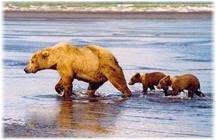













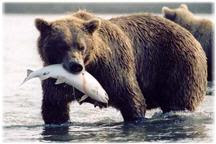
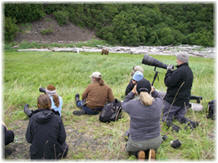




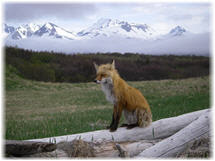


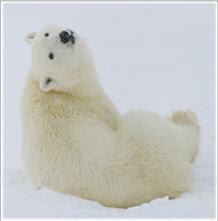







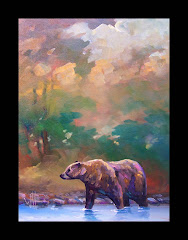





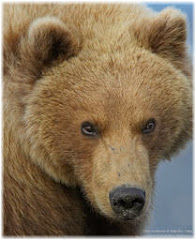




No comments:
Post a Comment